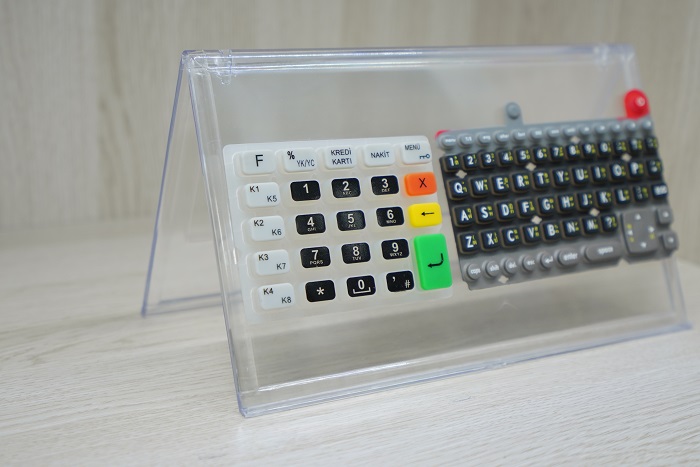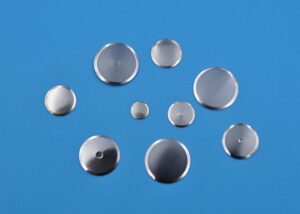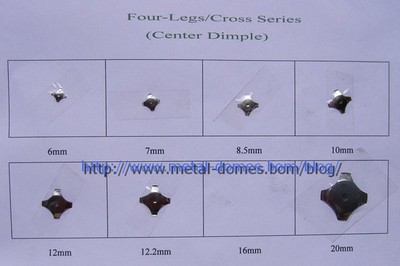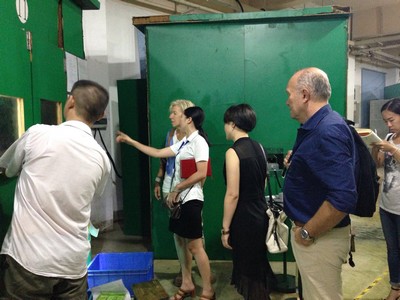When metal domes are in use, every touch counts, and the click feel of metal dome switches is an important consideration. Users will judge whether the metal dome is good or bad according to the click feeling of the metal dome. So some customers may notice a softer click after testing the samples, which raises the question: why does the metal dome click differently? In this article, we explore the factors that affect the click feel of metal dome switches, and the interesting interplay between metal domes.
Effect of height and force:
The click feel of a metal dome switch is closely related to its height and force dynamics. In response to customer feedback, manufacturers may choose to increase the height of the metal dome to enhance the click feel. Increasing the force required to actuate naturally results in a higher click feel. However, a delicate balance must be struck. While increasing force may result in a crisper click, caution must be exercised as excessive force can result in less rebound and shorten the life cycle of the metal dome. Achieving the perfect click without compromising durability requires careful engineering.

Custom CTR:
Giving customers a good hit rate requires careful calibration of the dome’s forces and materials. Best Technology can flexibly match the appropriate material and the resilience setting of the dome according to the drawing provided by the customer. This customized approach ensures that the click feel is in harmony with the customer’s intended use, optimizing user satisfaction and engagement. To provide users with satisfactory metal dome tactile switches, no matter they are used in various environments, they can achieve the desired effect through tactile control, and the click rate value can be customized to strike a balance between auditory pleasure and long-lasting performance.
Shape and Click Feel:
Interestingly, the shape and diameter of the metal dome play a large role in determining the click feel. For example, we currently have four different shapes of metal domes, and different shapes of metal domes are used in different products. Consider the round metal shrapnel often found in products like cell phones and cameras. Its clickiness usually hovers around 50%, sometimes even lower. In comparison, triangular and four-legged metal domes tend to retain about 60% of their clickiness. While the clicky feel helps improve the user experience, it’s worth noting that the life cycle of the metal dome is intertwined with its material composition.

The combination of click feeling and material:
Beyond the click feel, the material composition of a metal dome directly affects its overall performance and durability. The materials used affect the feel, responsiveness and longevity of the switch. Manufacturers choose materials carefully to strike a balance between a satisfying click feel and a sturdy design that can withstand countless interactions.
The design, testing, and inspection behind the click feel of metal dome switches serve as a fascinating intersection of user experience. When these metal domes are used in combination with flexible circuit boards, ceramic circuit boards, become tactile switches, and are used for interaction between numerous applications. We monitor every step in the production to ensure the quality of each metal dome to satisfy customers. If you are also interested in our products, you can send us an email to:sales@metal-domes.com









